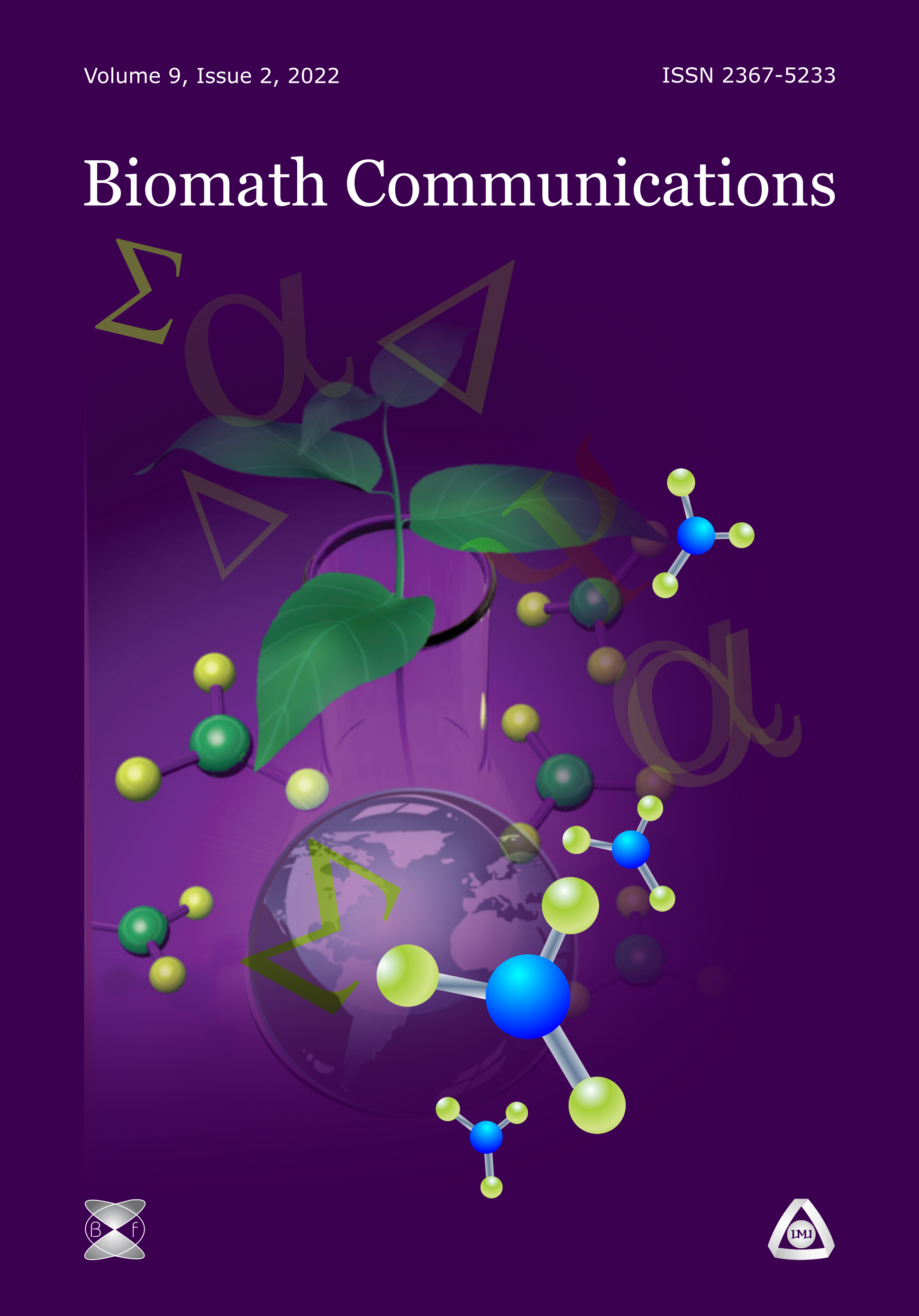The Evolutionary Ecology of Endozoochory
DOI:
https://doi.org/10.11145/415Abstract
One of the most important plant dispersal syndromes is endozoochory: the transport of their seeds by frugivorous animals [1]. Adaptations for endozoochory involve costs for the plant, and animals can choose to eat or not to eat fruits depending on their nutritional value. We incorporated these facts in a mathematical model in order to study the evolution of fruit traits, when frugivores are choosy. Under density-independent growing conditions we predict that endozoochory is unfavorable when fruit production costs are high, favorable when costs are low, and uncertain when costs are intermediate and frugivores very choosy. We found similar outcomes under very simplistic density-dependent growing scenarios. Our work highlights the potential role of trade-offs in fruit production and frugivore foraging behavior on the evolution of plant dispersal strategies [2].
REFERENCES:
[1] D. J. Levey, W. R. Silva and M. Galetti, ed., Seed Dispersal and Frugivory: Ecology, Evolution, and Conservation. CAB International 2002
[2] A. Gautier-Hion, et al, Fruit characters as a basis of fruit choice and seed dispersal in a tropical forest vertebrate community. Oecologia 1985, 65:324--337.\end{thebibliography}
Downloads
Published
Issue
Section
License
The journal Biomath Communications is an open access journal. All published articles are immeditely available online and the respective DOI link activated. All articles can be access for free and no reader registration of any sort is required. No fees are charged to authors for article submission or processing. Online publications are funded through volunteer work, donations and grants.
Authors who publish with this journal agree to the following terms:
- Authors retain copyright and grant the journal right of first publication with the work simultaneously licensed under a Creative Commons Attribution License 4.0 that allows others to share the work with an acknowledgement of the work's authorship and initial publication in this journal.
- Authors are able to enter into separate, additional contractual arrangements for the non-exclusive distribution of the journal's published version of the work (e.g., post it to an institutional repository or publish it in a book), with an acknowledgement of its initial publication in this journal.
- Authors are permitted and encouraged to post their work online (e.g., in institutional repositories or on their website) prior to and during the submission process, as it can lead to productive exchanges, as well as earlier and greater citation of published work (See The Effect of Open Access).

